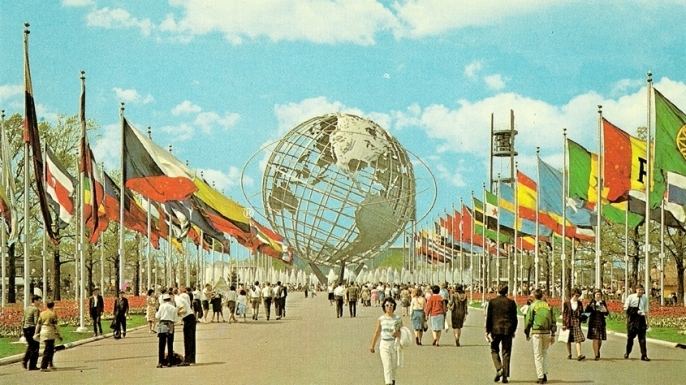 | ||
Instances | ||
Chicago world s fair 1934 technicolor short
A world's fair, world fair, world exposition, or universal exposition (sometimes expo or Expo for short) is a large international exhibition designed to showcase achievements of nations. These exhibitions vary in character and are held in varying parts of the world. The next world Expo is Expo 2020 and is to be held in Dubai, UAE.
Contents
- Chicago world s fair 1934 technicolor short
- History
- Industrialization 18511938
- Cultural exchange 19391987
- Nation branding 1988present
- Types
- Registered expositions
- Specialised expositions
- List of expositions
- International Horticultural Exhibition
- Remnants
- 2017 Astana
- 2020 Dubai
- 2022 or 2023 bids
- 2025 bids
- Non BIE Efforts
- References
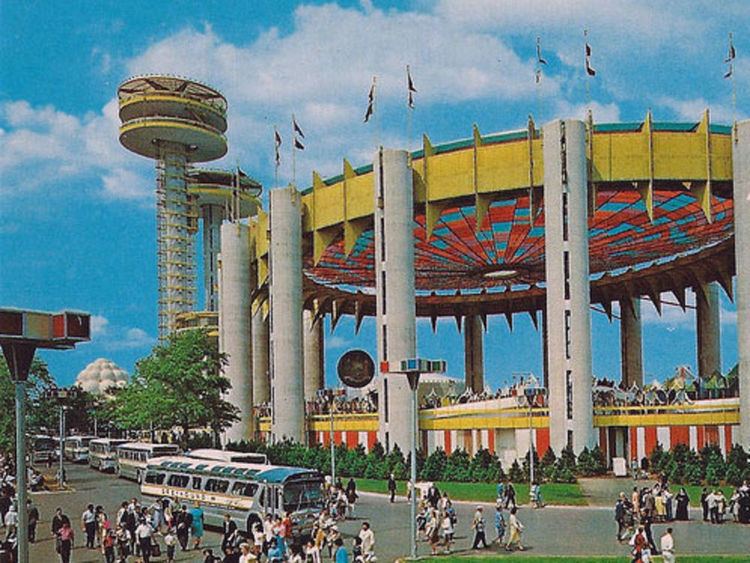
Since the 1928 Convention Relating to International Exhibitions came into force, the Bureau International des Expositions (BIE; English: International Exhibitions Bureau) has served as an international sanctioning body for world's fairs. BIE-approved fairs are of three types: universal, specialized and horticultural. They usually last from three weeks to six months.
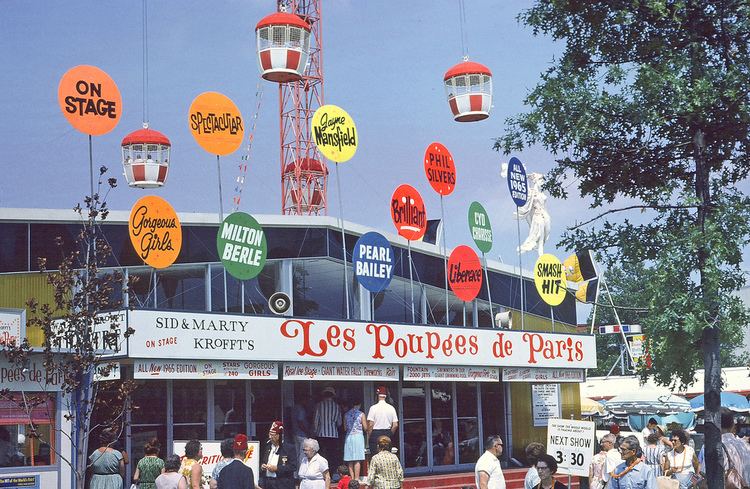
The Bureau International des Expositions also recognises the Milan Triennial Exhibition of Decorative Arts and Modern Architecture, on grounds of historical precedence, provided that it retains its original features.
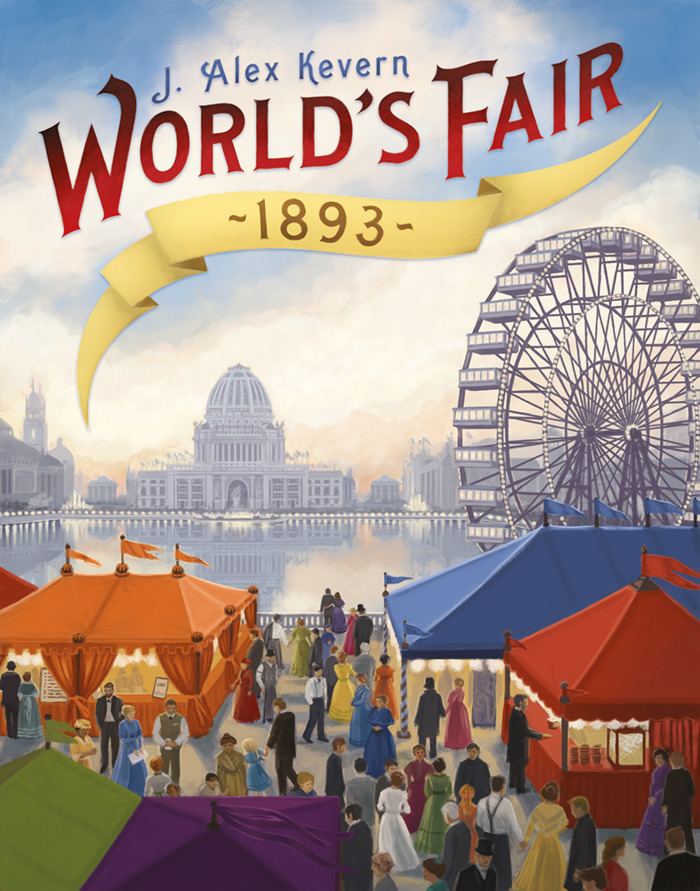
History
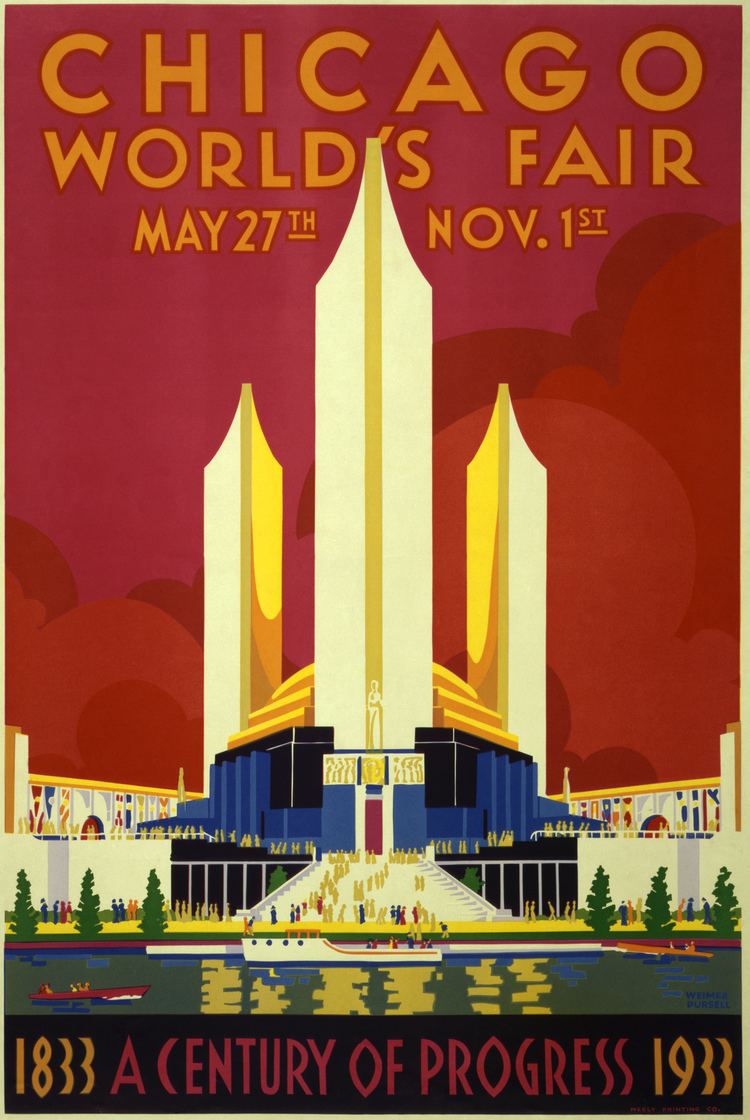
World's fairs originated in the French tradition of national exhibitions, a tradition that culminated with the French Industrial Exposition of 1844 held in Paris. This fair was followed by other national exhibitions in continental Europe and the United Kingdom.

The best-known 'first World Expo' was held in The Crystal Palace in Hyde Park, London, United Kingdom, in 1851, under the title "Great Exhibition of the Works of Industry of All Nations". The Great Exhibition, as it is often called, was an idea of Prince Albert, Queen Victoria's husband, and is usually considered to be the first international exhibition of manufactured products. It influenced the development of several aspects of society, including art-and-design education, international trade and relations, and tourism. These events have resulted in a remarkable form of Prince Albert's life history, one that continues to be reflected in London architecture in a number of ways, including in the Albert Memorial later erected to the Prince. This expo was the most obvious precedent for the many international exhibitions, later called world's fairs, that have continued to be held to the present time.
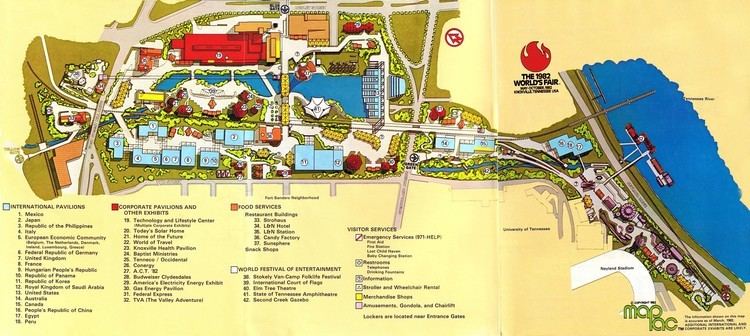
Since their inception in 1851, the character of world expositions has evolved. Three eras can be distinguished: the era of industrialization, the era of cultural exchange, and the era of nation branding.
Industrialization (1851–1938)
The first era could be called the era of "industrialization" and covered, roughly, the period from 1800 to 1938. In these days, world expositions were especially focused on trade, and were famous for the display of technological inventions and advancements. World expositions were the platforms where the state-of-the-art in science and technology from around the world were brought together. The world expositions of 1851 London, 1853 New York, 1862 London, 1876 Philadelphia, 1889 Paris, 1893 Chicago, 1897 Brussels, 1900 Paris, 1901 Buffalo, 1904 St. Louis, 1915 San Francisco, and 1933–34 Chicago were landmarks in this respect. Inventions such as the telephone were first presented during this era. An important part of the image of world's fairs stems from this first era.
Cultural exchange (1939–1987)
The 1939–40 New York World's Fair diverged from the original focus of the world's fair expositions. From then on, world's fairs adopted specific cultural themes; they forecasted a better future for society. Technological innovations were no longer the primary exhibits at fairs. The theme of the 1939 fair was "Building the World of Tomorrow"; at the 1964–65 New York World's Fair, it was "Peace Through Understanding"; at the 1967 International and Universal Exposition in Montreal, it was "Man and His World". The fairs encouraged effective intercultural communication for the exchange of innovation.
The 1967 International and Universal Exposition in Montreal was promoted under the name Expo 67. Event organizers retired the term world's fair in favor of expo. (The Montreal Expos, a former Major League Baseball team, was named for the 1967 fair.)
Nation branding (1988–present)
From Expo '88 in Brisbane onwards, countries started to use world expositions more widely and more strongly as a platform to improve their national images through their pavilions. Finland, Japan, Canada, France and Spain are cases in point. A large study by Tjaco Walvis called "Expo 2000 Hanover in Numbers" showed that improving national image was the primary participation goal for 73% of the countries at Expo 2000. In a world where a strong national image is a key asset, pavilions became advertising campaigns, and the Expo a vehicle for 'nation branding'. Apart from cultural and symbolic reasons, organizing countries (and the cities and regions hosting them) also utilize the world exposition to brand themselves. According to branding expert Wally Olins, Spain used Expo '92 and the 1992 Summer Olympics in Barcelona in the same year to underline its new position as a modern and democratic country and present itself as a prominent member of the European Union and the global community.
At Expo 2000 Hanover, where countries created their own architecture, the average pavilion investment was about €12 million. Given these costs, governments are sometimes hesitant to participate, because benefits are often assumed not to outweigh the costs. Tangible effects are difficult to measure, but an independent study for the Dutch pavilion at Expo 2000 estimated that the pavilion (which cost around €35 million) generated around €350 million of potential revenues for the Dutch economy. It also identified several key success factors for world-exposition pavilions in general.
Types
Presently, there are two types of world expositions: registered and recognized (sometimes unofficially known as "major" and "minor" fairs, respectively). Registered exhibitions are the biggest category events. Previously, registered expositions were called "Universal Expositions". Even though this name lingers on in public memory, it is no longer in use as an official term. At registered exhibitions, participants generally build their own pavilions. They are therefore the most extravagant and most expensive expos. Their duration may be between six weeks and six months. Since 1995, the interval between two registered expositions has been at least five years. The latest registered exposition Expo 2015 was held in Milan, Italy, from May 1 to October 31, 2015.
Recognized expositions are smaller in scope and investments and generally shorter in duration; between three weeks and three months. Previously, these expositions were called "International or Specialized Expositions" but these terms are no longer used officially. Their total surface area must not exceed 25 ha and organizers must build pavilions for the participating states, free of rent, charges, taxes and expenses. The largest country pavilions may not exceed 1,000 m2. Only one recognized exhibition can be held between two registered exhibitions.
There are also two types of auxiliary expositions: the horticultural exhibitions, which are joint BIE and AIPH-sanctioned 'garden' fair in which participants present gardens and garden pavilions; and the Milan Triennial Exhibition of Decorative Arts and Modern Architecture.
Registered expositions
Registered expositions encompass universal themes that affect the full gamut of human experience, and international and corporate participants are required to adhere to the theme in their representations. Registered expositions are held every 5 years because they are more expensive as they require total design of pavilion buildings from the ground up. As a result, nations compete for the most outstanding or memorable structure—recent examples include Japan, France, Morocco & Spain at Expo '92. Recent Registered Expositions include Brussels Expo '58, Montreal Expo 67, Osaka Expo '70, and Seville Expo '92. Sometimes prefabricated structures are also used to minimize costs for developing countries or for countries from a geographical block to share space (i.e. Plaza of the Americas at Seville '92).
The only Registered (Universal) exposition to be held without BIE approval was the 1964–1965 New York World's Fair. The sanctioning organization at Paris denied them "official" status because its president, Robert Moses, did not comply with BIE rules in place at the time, namely the one limiting the duration for universal expositions to six months only. Both World's Fairs in New York (1939–40 and 1964–65) have the distinction of being the only two-year world expositions in history. The Fair proceeded without BIE approval and turned to tourism and trade organizations to host national pavilions in lieu of official government sponsorship. However, a large number of countries did participate in the world's fair including several newly independent African and Asian states.
Frederick Pittera, a producer of international fairs and exhibitions and author of the history of world's fairs in the Encyclopædia Britannica and Compton Encyclopedia, was commissioned by Mayor Robert F. Wagner Jr. of New York City in 1959 to prepare the first feasibility studies for the 1964 New York World's Fair. Pittera was joined in his study by Austrian architect Victor Gruen (Inventor of the 'Shopping Mall').The Eisenhower Commission ultimately awarded the world's fair bid to New York City against several major U.S. cities.
Since the turn of the 21st century the BIE has moved to sanction expos only every five years; following the numerous expos of the 1980s and 1990s, some see this as a means to cut down potential expenditure by participating nations. The move was also seen by some as an attempt to avoid conflicting with the Summer Olympics. The rule may apply to all expos, or it may end up that universal expositions will be restricted to every five years or so, with international or specialized expositions in the in-between years for countries wishing to celebrate a special event. The most recent universal expo is Expo 2015 in Milan.
Specialised expositions
International expositions are usually united by a common theme—such as 'Transportation' (Vancouver Expo 86), or, 'Leisure in the Age of Technology' (Brisbane, Expo '88). Such themes are narrower than the wider scope of universal expositions.
The International Exposition, Tsukuba, Japan, popularly known as Expo '85 was held in the city of Tsukuba located near Tokyo. This Exposition is more formally known as "The International Science Technology Exposition".
Specialized and international expositions are usually smaller in scale and cheaper to run for the host committee and participants because the architectural fees are lower and they only have to rent the space from the host committee, usually with the prefabricated structure already completed. Countries then have the option of 'adding' their own colours, design etc. to the outside of the prefabricated structure and filling in the inside with their own content. One example of this is China, which has often chosen to add a Chinese archway in the front of its prefabricated pavilions to symbolize the nation (Expo '88, Expo '92, Expo '93).
The 2008 International Exhibition was hosted by the Spanish city of Zaragoza with the theme "Water and the Sustainable Development".
Expo 2012 was held in Yeosu, South Korea, with the theme "The Living Ocean and Coast: Diversity of Resources and Sustainable Activities".
List of expositions
List of official world expositions (Universal, International/Specialised, Horticultural) according to the Bureau International des Expositions and ExpoMuseum: Upcoming world expositions are in italics.
International Horticultural Exhibition
The BIE, since 1960, grants recognition to the International Horticultural Exhibitions approved by the International Association of Horticultural Producers (AIPH) subject to it meeting certain criteria including being approved by the BIE general assembly.
International Horticultural Exhibitions (upcoming in italics):
Remnants
The majority of the structures are temporary and are dismantled after the fair closes. Landmark towers from several fairs are notable exceptions. By far the most famous of these is the Eiffel Tower, built for the Exposition Universelle (1889). Although it is now the most recognized symbol of its host city Paris, a number of influential contemporary critics opposed its construction, and there were demands for it to be dismantled after the fair's conclusion.
Other major structures that were held over from these fairs:
Some world's fair sites became (or reverted to) parks incorporating some of the expo elements, such as:
Some pavilions have been moved overseas intact:
The Brussels Expo '58 relocated many pavilions within Belgium: the pavilion of Jacques Chocolats moved to the town of Diest to house the new town swimming pool. Another pavilion was relocated to Willebroek and has been used as dance hall Carré ever since. One smaller pavilion still stands on the boulevard towards the Atomium: the restaurant "Salon 58" in the pavilion of Comptoir Tuilier.
Many exhibitions and rides created by Walt Disney and his WED Enterprises company for the 1964 New York World's Fair (which was held over into 1965) were moved to Disneyland after the closing of the Fair. Many of the rides, including "it's a small world", "Great Moments with Mr. Lincoln", and "Carousel of Progress" (since moved to the Walt Disney World Resort and updated), are still in operation.
Disney had contributed so many exhibits to the New York fair in part because the corporation had originally envisioned a "permanent World's Fair" at the Flushing site. That concept instead came to fruition with the Disney theme park Epcot, an extension of the Walt Disney World Resort, near Orlando, Florida. Epcot has many of the characteristics of a typical universal exposition: national pavilions, as well as exhibits concerning technology and/or the future, along with more typical amusement park rides. Meanwhile, several of the 1964 attractions, relocated to Disneyland, have been duplicated at the Walt Disney World Resort.
Occasionally other bits and pieces of the fairs remain. In the New York City subway system, signs directing people to Flushing Meadows, Queens remain from the 1964–65 event. In the Montreal subway at least one tile artwork of its theme, "Man and His World", remains. Also, a seemingly endless supply of souvenir items from fair visits can be found, and in the United States, at least, can often be bought at garage or estate sales. Many of these events also produced postage stamps and commemorative coins. The 1904 Olympic Games, officially known as the Games of the III Olympiad, were held in conjunction with the 1904 St. Louis fair, although no particular tie-in seems to have been made. (The 1900 Paris Exposition was also loosely tied to the Olympic Games.)
2017 Astana
Expo 2017 will be held in Astana, Kazakhstan.
2017 will see a recognized exposition and two cities bid by the cut-off date for bidding: Liège, Belgium and Astana, Kazakhstan.
Several Canadian cities had been interested in 2017 as it is the year of Canada's 150th anniversary, or sesquicentennial. In 2007, a Vancouver, British Columbia based group (Expo 17 Inc) publicly unveiled a 51-page proposal to stage a sustainable "hybrid" expo in Montreal, consisting of an expo approved and recognized by the BIE, a horticultural expo, and a housing expo. Following a recent decision by Canadian Heritage which allows only the city of Edmonton, Alberta to bid for an expo, however, the group is now pursuing alternative events to mark Canada's sesquicentennial. Meanwhile, Edmonton had been actively developing a bid for Edmonton EXPO 2017 since 2008, but failed to receive Federal funding in support of it. In May 2009, Calgary announced to Canadian Heritage it would begin to develop a bid for 2017 as well, but withdrew in November 2009. Ottawa, Canada's capital city, had also considered bidding for 2017. As of November 2009, Edmonton was the only Canadian bidder.
Thessaloniki unsuccessfully bid for the 2008 World EXPO, this time won by Zaragoza in Spain; another planned bid for 2017 was announced in September 2006 and was in full development but they did not make a bid.
2020 Dubai
Expo 2020 will be held in Dubai, United Arab Emirates, and will see a registered exposition.
The bidding process for this larger sized exposition formally began in 2011, with five cities being selected to participate in the final round of votes:
Other participating cities and countries that were not selected for the final voting process to host Expo 2020, or did not submitted bids for consideration by the BIE:
2022 or 2023 bids
Countries wishing to organise the Specialised Expo in either 2022 or 2023 had until 6pm (Paris time) on 15 December 2016 to submit their own bids, after which the list will be closed. Four countries have submitted bids to host Specialised Expo 2022/23:
Central Polish city of Łódź announced its candidature to host EXPO 2022. It has been promoted in the Polish Pavilion at the EXPO 2015 in Milan. Consequently, Polish Government officially notified the candidature to the International Bureau of Expositions on 15 June 2016.
At the end of the project examination phase, BIE Member States will vote for the host country of Expo 2022/23 in a secret ballot at the BIE General Assembly due to be held in November 2017.
2025 bids
Osaka, Paris, and Manchester are considering a bid for 2025.
Non-BIE Efforts
Due to the U.S. government's withdrawing its membership in the BIE in 2002, Worlds Fair USA is the first private Worlds Fair effort in history. Worlds Fair USA is organizing a series of mini-Worlds Fairs around the country called Worlds Fair Nano in order to build excitement for the six month Worlds Fair, which Worlds Fair USA hopes to organize within the decade.
The Los Angeles World's Fair is another non-BIE effort.
